Agriculture is constantly evolving. Throughout history, the industry has been driven by technological advancements that have primarily increased productivity and improved food quality. However, agriculture is facing new challenges such as climate change or high demand for products. This is why it is more urgent than ever to find innovative solutions. Recent research and projects suggest that additive manufacturing could be a relevant technology. To better understand and understandThe role of 3D printing in agriculture, we will study this synergy. Although it is not yet a technology widely implemented in agricultural practices, several specialized applications are already opening the door to new possibilities. This time we will therefore try to understand the advantages that additive manufacturing brings to a practice that has a direct impact, such as beekeeping, and the gaps that remain to be filled.
Agriculture is an activity that was the foundation of great civilizations even before the advent of science and writing. Agricultural practices accompany human beings for approximatelyOver the 12,000 years since its emergence, agriculture has revolutionized history by changing lifestyles. It is known that the activity of growing one’s own food led to colonization, which in turn led to the founding of society. The importance of agriculture has not changed over thousands of years, as it is a strategic activity for the self-reliant development and wealth of the country. According to the Food and Agriculture Organization of the United Nations (FAO), 1.23 billion people work in agri-food systems. The data is part of a study conducted in 2019, which also showed that almost half of the world’s population lives in households linked to these agri-food systems.


picture1:Agriculture is a strategic sector for the worldA population of 8.2 billion provides food and raw materials to various economic sectors.
For many centuries, agricultural tasks were deeply rooted in physical labor. After the Industrial Revolution, agricultural activities changed almost completely with the introduction of machines simplifying manual labor. SinceThe use of machines such as tractors, combines and plows became vital in the late 19th century and throughout the 20th century. In recent years, agriculture has taken a further step towards integrating information technology into its activities, giving rise to the term agricultural technology. The latter corresponds to the use of technologies such as vehicles, drones, satellites, robots, scanners, computers, software, etc. to optimize agricultural production. So we’re going to look at this introduction, particularly the use of additive manufacturing in agriculture, and see how it evolves.
What are the applications of 3D printing in agriculture?
consideringWhen it comes to the application of 3D printing in agriculture, we can think of examples such as the manufacturing of tools and parts or its use in the production of tractors. However, there are many other developments, research projects and practical applications incorporating 3D printing. While it is true that this technology is not yet as fully implemented in agriculture as it is in medicine or the automobile industry, we will show in this article that it is well on its way. To do this, we will start with the most important applications.
Production of machines by additive processes
Additive manufacturing already dominates the automotive and transportation sectors, and similar uses are emerging in agricultural machinery manufacturing. For example,In 2022, the famous manufacturer John Deere used additive manufacturing to produce more than 4,000 parts in one year. This is the first step in implementing additive manufacturing at its center of expertise in Mannheim, Germany. A more local example is Spanish company Teyme, which uses HP’s Multi Jet Fusion technology to manufacture air outlet adapters, air blade positioners and other components. These parts are included in the agricultural machinery it produces.
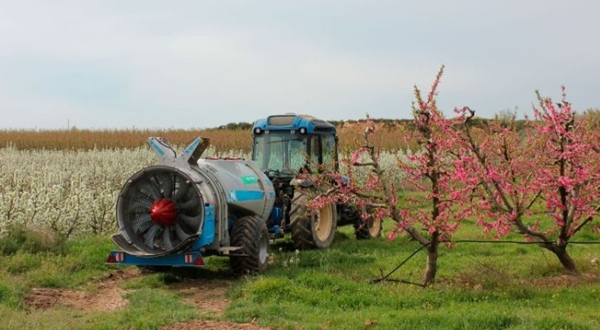

picture2:Teyme carburetor, some parts of which are manufactured using Multi Jet Fusion technology (Photo credit: Teyme)
Development of custom tools
3D printing makes it possible to quickly and inexpensively prototype tools and components specifically adapted to agricultural needs. For example, machine parts and irrigation equipment can be tailored to each farmer’s specific situation. These may even be replacement parts for specific machines, such as tools that are no longer manufactured but are still needed. In addition, the on-site production of these tools saves farmers from travel and waiting times that can interrupt agricultural activities. Finally, the democratization of additive manufacturing could allow small and large farms to use and benefit from this technology.
Manufacturing of IoT sensors and devices
IoT to monitor factors such as soil conditions, humidity, wind and weatherSensors and devices (IoT) can be implemented using 3D printing. They are integrated into smart agricultural systems to improve crop decision-making.
Additive manufacturing of drones and robots
Some agricultural drones and robots are already3D print it. They mark an important step in the implementation of automation technology in this area. In recent years, these devices have proven capable of performing tasks such as crop monitoring, seeding, and precise application of fertilizers and pesticides. Soleon, an Italian company specializing in drone applications and drones, created Soleon Dis-co using Materialize’s additive manufacturing services. To solve the problem of the European corn borer, a pest that can wipe out most crops, Soleon and Materialize designed a pesticide delivery system. However, they created a natural solution using the eggs of Trichogramma, a wasp that feeds on European corn borers. In this case, the drone was printed in PA12 via the SLS process.
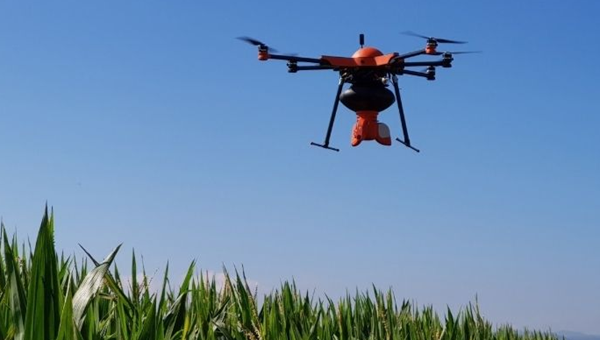

picture3:ItalySoleon’s 3D printed drones used to fight pests (Photo credit: Soleon)
Produce biodegradable seed and seedling containers
3D printing can also be used to create containers or pots for biodegradable seeds or seedlings, making planting easier and reducing environmental impact.
Production of irrigation components
can be designed3D printing of specific components to improve irrigation systems. For example, nozzles and connectors that optimize water distribution and reduce waste.
Additive manufacturing of pest control devices
Starting with insect traps, additive manufacturing makes it possible to design and manufacture specific traps for different types of pests. These traps can be optimized to attract and capture insects. Next, we could find applications in devices releasing pheromones, which are chemicals used to attract or repel insects. they can passCreated with 3D printing and designed for controlled dispersion.
horizontal cultivation
Another application of additive manufacturing involves the production of horizontal crops in small spaces. Italian companyHexagro is an expert in this field of application. It uses a 3D printing process to create modular, customizable structures that can be adapted to the specific needs of each space and culture. This includes manufacturing irrigation trays, stands and channels whose design is optimized for plant growth and efficient water and nutrient management. The ability to rapidly produce custom components significantly reduces costs and development time, allowing Hexagro to continually innovate and improve its implant systems.


picture4:with connectorHorizontal cropping by 3D printing (Photo credit: Hexagro)
scientific research andThe role of 3D printing
Research in the agricultural field has undergone significant development in recent years, driven by technological advances which have redefined traditional practices. Among these innovations,3D printing appears to be a revolutionary tool that could help define modern agriculture. The integration of additive manufacturing and agriculture is expected to usher in a new era of cultivation and management of agricultural resources.
Advances in agricultural materials
Thermoplastics are widely used in agriculture. However, the waste they produce has a direct impact on soil health and affects biodiversity. In order to resolve these problems, the United Nations proposedSolutions such as the “6R model” (throw away, rethink, reduce, reuse, recycle and recycle) are increasingly encouraging farmers to use natural or biodegradable alternatives. Recent research has discovered alternatives to materials with different properties. For example, a 2021 publication proposed 4D printing as the primary process for manufacturing materials for agricultural use. The study, titled: 4D printing: prospects for sustainable plastic production in agriculture, is the result of a collaboration between the University of Patras, the Agricultural University of Greece and the Polytechnic Institute of Genoa in Italy .
4D printing is an evolution of 3D printing, adding the dimension of time. In this case, printed objects are made from smart materials that can change their shape or properties in response to external stimuli such as heat, light, water or movement. If 4D printing is mainly used in fields such as medicine, applications in agriculture are few or non-existent. The team’s research shows that if 4D printing is used in agriculture, it will be possible to improve the biodegradability of agricultural plastics as well as the environmental, economic and production benefits. But the main barrier to wider adoption is the newness of the 4D printing process.
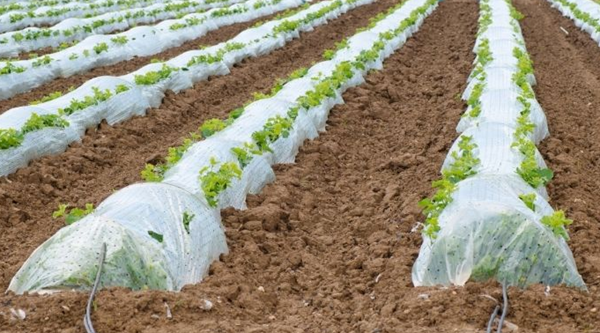

picture5:4D printing offers the possibility of improving the biodegradability of agricultural plastics
What will 4D printing bring? Some shape memory materials have properties such as heat resistance, magnetoresistance, and sensitivity to pH and osmotic pressure, which make them ideal smart materials. Applications mentioned by the research team include food packaging, agricultural mulch, sunshade nets or plastic greenhouse covers. Since FDM technology allows PLA and other polymers to be manipulated with self-forming and memory effects, this relatively “simple” technology has the potential to create effective, scalable, and affordable tools in practice. Other technologies, such as those based on stereolithography, have also shown their potential in agricultural applications.
Application of 3D printing to soil research
Soil is one of, if not the most, key elements of agricultural practices. His research is essential to understanding the impact of human activities and the influence of hydraulic, chemical and microbial properties. University of Padua, ItalyIn a study published in 2020, the structure of the soil was recreated to understand how it works. To do this, they used X-ray microtomography, from which they extracted the data and printed the structure of the resin floor using a ProJet 3510 HD printer from 3D Systems, a machine that works by material jet . Using these 3D printed models, the original structure of the soil sample, including porosity and pore shape, can be reconstructed. Although the electrical conductivity between pores was reduced due to technical limitations of the printing process, the team was able to measure the hydraulic conductivity of most of the prototypes, showing a good correlation. This research contributes to pushing the boundaries of soil science research.
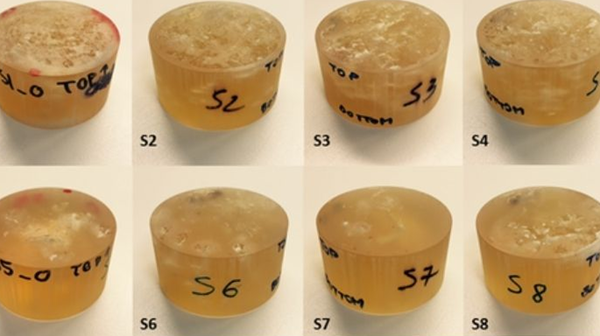

picture6:Different soil tests3D printing (Photo credit: European Journal of Soil Science)
Another example of using additive manufacturing for soil research occurred when a multidisciplinary team from the University of Virginia in the United StatesIn publications to be published in 2021. The study is titled: 3D printing of bioactive soil structures and analyzes the possibility of 3D printing soil structures to germinate seeds. To do this, they used extrusion methods to print floor structures without additives. The results show that when the water content is properly controlled, the printed structures are able to promote plant germination and growth, even though they require large amounts of water. Although the aim of the study was to prove the feasibility of “green roofs”, the same principles could be applied to growing aromatic herbs such as coriander, mint, parsley, basil, etc.


picture7:A 3D printed “living wall” shows vegetation growth after 144 hours (Photo credit: University of Virginia)
Plant phenotyping
Agricultural phenotyping is the process of observing and analyzing plants to predict how they will perform in a given space. More precisely, phenotyping is the result of the interaction between the genetic information of a plant and its environment, providing a better understanding of the growth, development and response of a plant to these environmental conditions.A study published in 2024 marks an important step in the use of additive manufacturing for plant phenotyping. The Sugar Beet Institute (IFZ) and the University of Bonn have collaborated to develop 3D printed plant models enabling precise and reliable phenotyping.
To have a reference tool when collecting data and extracting parameters, scientists useFDM technology has developed a 3D printed sugar beet plant model. This innovative research was carried out by an IFZ doctoral student. Jonas Bömer highlights the importance of the model: “3D printing allows us to create cost-effective reference tools to ensure the integrity of the collected data.”
This research has also been widely used3D scan to collect data. In fact, 3D scanning can create high-resolution digital models of crops, making it easier to monitor crop growth and development and identify potential problems in time. Jonas Bömer explains: “By analyzing the soil, farmers can improve their management and take measures to prevent erosion. The interaction of robots with crops is another problem that can be solved through careful interpretation of information. An example is fruit harvesting in automated greenhouses. and simplifies labor-intensive harvesting tasks »


picture8:3D printed beet reference model (Photo credit: GigaScience)
Application of 3D printing to beekeeping
Beekeeping and agriculture are closely related activities. Beekeeping plays a vital role in agriculture as it makes an important contribution to the process of pollination, an important mechanism for the reproduction of many plants and crops. According to the FAO, pollinator species have a direct impact on global agricultural production.35%, indirect impact 75%. In addition to the 200,000 species that help with pollination, there are 20,000 species of bees that are the best pollinators. The interdependence between bees and crops highlights not only the need to protect and support beekeeping practices, but also the need to protect bees. Threats such as pesticides, diseases and habitat loss hamper the sustainability and productivity of global agriculture.
To solve some of the problems that harm bee species, beekeepers have found solutions through additive manufacturing. For example, a master’s student in Mexico recently developed a resin-printed hive to boost bee production. It is also worth mentioning that the BritishLACRIMA Foundation, which protects bee colonies through 3D printing of wooden hives. Its LacriNest hives are printed using a material extrusion process to provide bees with a natural, untouched ecosystem.
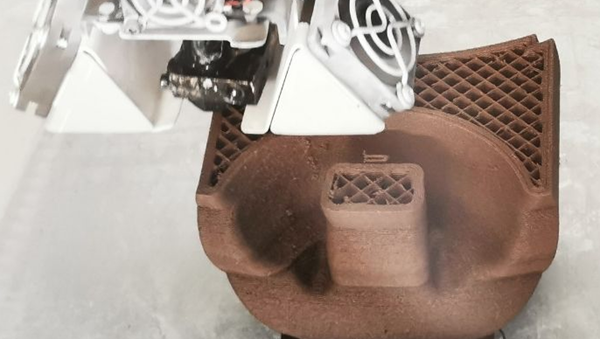

picture9:“The improved conditions provided by our 3D printed hives result in healthier bee colonies. This results in a significant increase in agricultural productivity in the areas where our hives are used. »
Founder and President of the FoundationSpeaking to our team, Vince Moucha said: “Our 3D printed beehives use a special, fully biodegradable material called composite wood, which sets them apart from traditional 3D printing solutions and others. The materials and design of our wooden beehives not only protect the environment. durability, but also provide excellent insulation and durability, creating an optimal environment for bees, increasing their health and productivity.
Numerous studies carried out around the world have shown that bees are in danger due to the massive use of pesticides, the destruction of their habitat and the effects of climate change. The decline of bees not only affects the production of honey and other bee products, but also affects the pollination of various crops. This problem is not new; the first warning signs appeared in the last century. One of the solutions found was the creation of beehives to provide them with a nesting habitat.
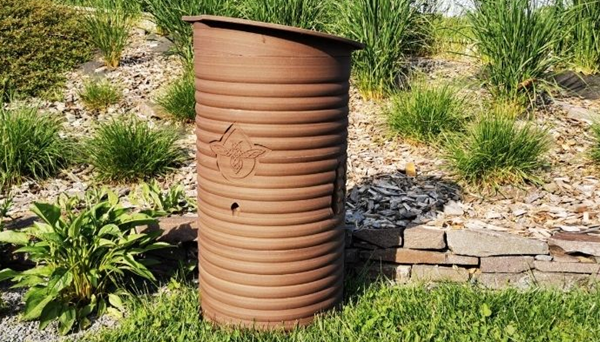

picture10:rich3D printed wood (Photo credit: LACRIMA)
The LACRIMA founder added: “By encouraging local production, reducing transport-related emissions and using recyclable materials, 3D printed beehives can be integrated into sustainable agricultural practices. They can also be part of an integrated pest control system, reducing the need for chemical treatments. »
What is the future of 3D printing in agriculture?
The projects, applications, benefits identified and results observed above confirmThe development potential of 3D printing in the agricultural sector. To some extent, this technology is still in its infancy in agriculture. However, the projects discussed here confirm that its potential is significant and promising.
Knowing that agriculture is a very old activity whose practices are not only anchored in specific technologies but also in tradition, we can ask ourselves: do innovative technologies such as additive manufacturing have their place in agriculture? Because if traditional customs survive, it’s for a reason, right? In fact, the agricultural sector never misses an opportunity to innovate. althoughThe use of 3D printing is not yet widespread, but other technologies have been developed.
Currently, the most significant progress is at the level of scientific research. In addition to focusing on a topic, experts look for solutions to current problems. The research examples mentioned here are just some of the many that should exist in countries with larger industries, such as China. As technology continues to evolve and research finds new solutions through additive manufacturing, we expect to see broader adoption and more disruptive innovations.
source:3dnatives
Daguang focuses on providing solutions such as precision CNC machining services (3-axis, 4-axis, 5-axis machining), CNC milling, 3D printing and rapid prototyping services.

















